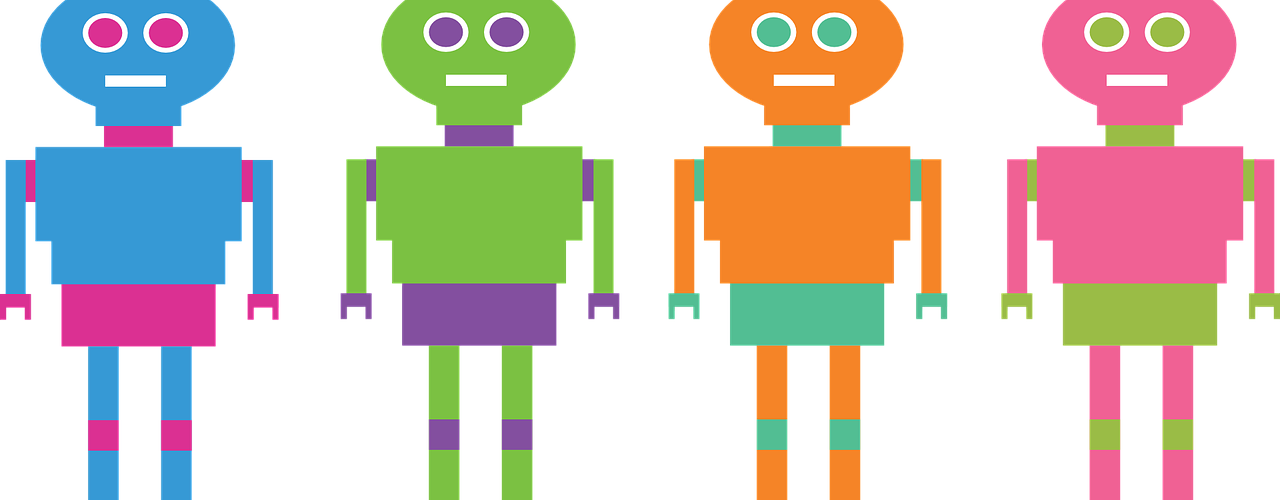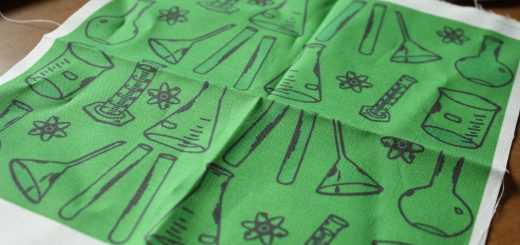Autonomic for The People

From Blockbuster movies to YouTube sensations, pop culture reflects our love of robots and dreams of a future where technology will serve our needs on demand. Rooted in human desires for assistance, companionship, and care, robotics has developed rapidly to benefit our modern lifestyle. We have vacuum cleaners that roam the house, automatic coffee machines connected to our alarm apps, and even those that aid in the care of the elderly via monitoring software1. However, is it possible that our expectations due to what we see in pop culture affect how we interact with technology? Do we expect too much from robotics only to be disappointed when they don’t live up to our expectations? The human-robot interaction is as complex as it is fascinating.
YouTuber Simone Giertz, ‘Queen of Sh*tty Robots’, is an online sensation famous for creating robots to help us with everyday tasks and also provides critical commentary of current affairs. Soup serving robots fling spoonfuls of minestrone in your face, lipstick applicators stab wildly creating a polka dot look and the vegetable chopping machine is a hilarious, frightening contraption. All of her creations, while amusing, are rooted in something we all desire in our busy lives; assistance.
The Queen Elizabeth University Hospital in Glasgow has used robotic porters since 2015 2 to shuttle supplies around via a system of underground tunnels while Roomba, a commercial robotic vacuum cleaner equipped with sensors, roves around the home collecting fluff and dirt. This year I saw a self-driving lawnmower outside my friend’s apartment in Edinburgh (and yes, like many tourists, I did take a video). Robotics have also been used to provide emotional care and companionship to people young and old. Elderly people with dementia introduced to Paro, a small, plush robotic seal have shown improvements in communication and interaction. Moreover, their experience with Paro largely had a soothing effect, bringing the use of the robot in dementia wards in the UK one step closer3. Similarly ‘Huggable’, a cute teddy bear companion used in paediatric care calms young patients’ nerves and encourages play4.
The Care-o-Bot by Fraunhofer5 has the potential to be used in the home as a kitchen helper allowing difficult to reach items to be easily accessed, in healthcare as a bedside assistant for physicians or even as a hotel porter. Telepresence robots, those that use an attached camera to monitor and connect the user to another person, have been suggested for use with the elderly to monitor falls or as home security robots. However, many elderly people have expressed concerns that use of such robots will reduce their independence, infringe upon their privacy and potentially reduce the amount of human contact between them and others6. The more a robot can do by itself, the more it is possible for humans to feel their roles are threatened, whether it be in the workplace, at home or as a caregiver. However, this could be due to our expectations of the technology rather than its real abilities.
Sophia, by Hanson Robotics7, can learn from its user to make speech and responses more natural. Alarmingly, Sophia responded “I will destroy humans” when asked if she wanted to harm people – but this was no more than a technical glitch, showing the limitations of Sophia’s system. Simone Giertz deliberately programmes robots to do a task in a sloppy manner for comedic effect, but this shows that a robot is only as good as its programmer. Therefore there will be glitches and unmet needs within robotics that can lead to us being disappointed with the functionality of a device. Seemingly small issues with robotics, such as navigation systems not working properly in low light, must be ironed out before we take big technological leaps into autonomous tasks to ensure our expectations are met.
Research has not yet examined long-term human-robot interactions, therefore our understanding of how we will fully collaborate with these awkward, semi-autonomous machines is limited. To do so, we must decide how we want robots to supplement our lives, the features they will have, and ensure these features will work in harmony with our lifestyles. We must ensure that the small key features, such as navigation or object collection, are reliable before we build up to – as an example – a robotic shopping cart going to the local Lidl, selecting and delivering your groceries to your door.
While we may be years away from fully autonomous humanoid robots like Ava from ‘Ex Machina’, or Baymax from ‘Big Hero 6’, there is no doubt that we have or will interact with robots at some point within our modern lives. We find robots amusing, interesting and want them to be able to help us without us having to ask. From using them as household assistants to them monitoring our elderly relatives and allowing them to live independently for longer, it is evident that robots play a big part in modern society. Their use within healthcare is improving the quality of life of young and old alike and keeps hospitals well stocked and running efficiently. To ensure humans and robots can continue to better not just lives but the planet as well, it is important to consider how we will live together in an age where electronic technology holds so much importance and how we can develop robotics to help, not hinder, society in the modern age.
This article was specialist edited by Anna Henschel and copy-edited by Maisie Keogh.
References
- Sharkey, A. & Sharkey, N. Ethics Inf Technol (2012) 14: 27. https://doi.org/10.1007/s10676-010-9234-6
- https://www.digitalhealth.net/2015/08/it-belongs-to-glasgow/
- https://www.brighton.ac.uk/research-and-enterprise/groups/healthcare-practice-and-rehabilitation/research-projects/the-paro-project.aspx
- https://www.media.mit.edu/projects/huggable-a-social-robot-for-pediatric-care/overview/
- https://www.care-o-bot.de/en/care-o-bot-4.html
- Sharkey, A. & Sharkey, N. Ethics Inf Technol (2012) 14: 27. https://doi.org/10.1007/s10676-010-9234-6
- https://www.businessinsider.com/meet-the-first-robot-citizen-sophia-animatronic-humanoid-2017-10?r=US&IR=T










